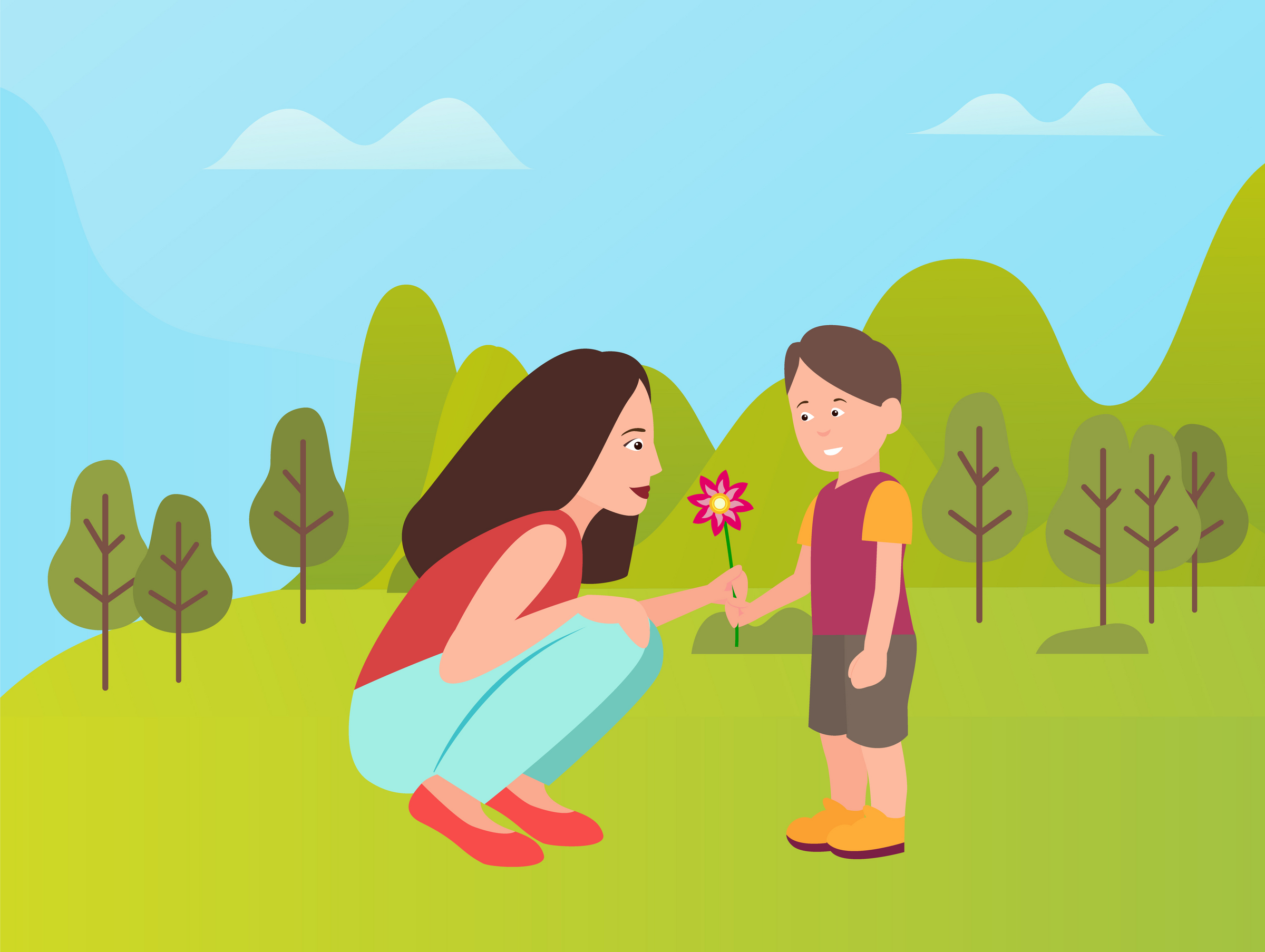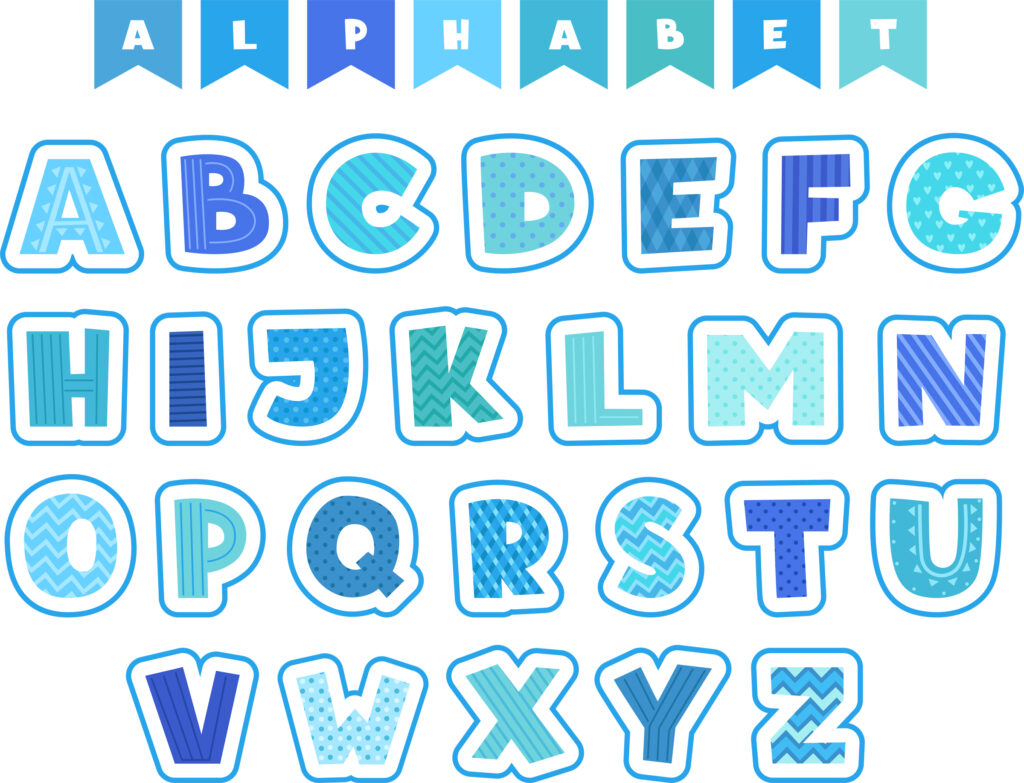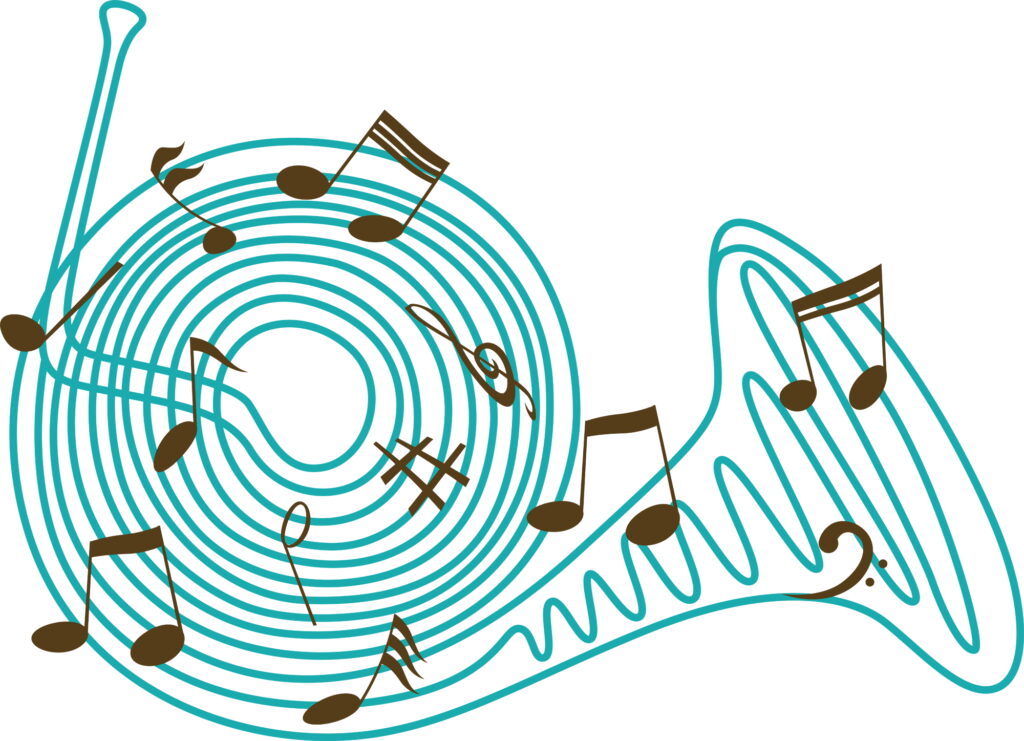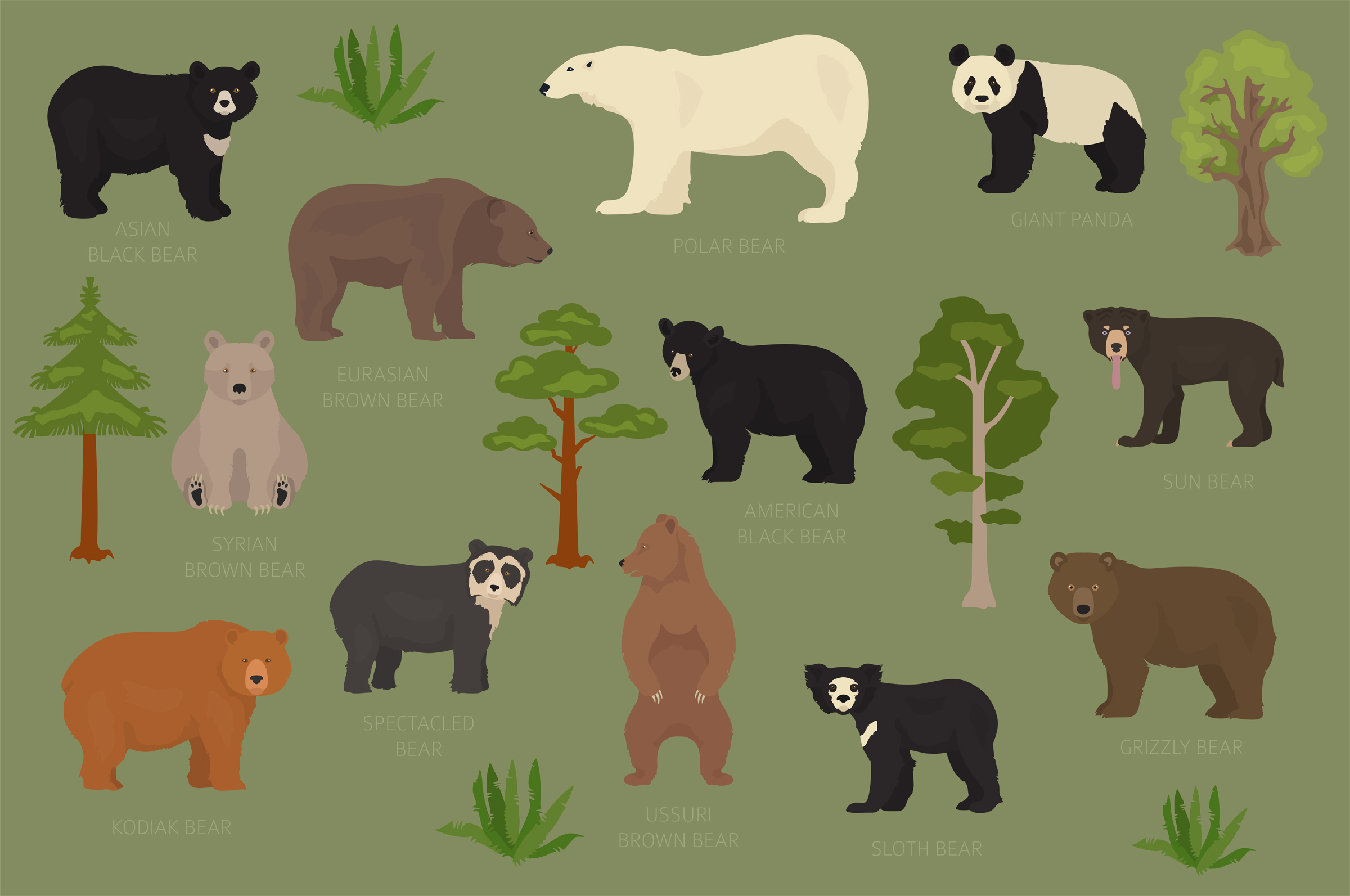
Are you looking for lesson plans to use with your young children. Whether you’re a homeschooling parent or a new teacher, you’re in the right place. The sample lesson plans provided here offer a variety of fun and engaging activities for young students, particularly ones who are homeschooled. These lesson plans cover a range of subjects, from letter recognition and basic math skills to science, geography, social studies, art, and music. By incorporating hands-on activities, games, stories, and exploration, these lesson plans help to foster a love of learning and encourage students to be curious and explore the world around them. Homeschooling parents can adapt these lesson plans to meet the needs and interests of their children, while also providing a well-rounded education that incorporates academic, social, and emotional development.

1. Letter Sounds and Recognition
Objective: Students will learn how to identify and differentiate the sounds and shapes of letters in the English Alphabet.
Activities:
- Sing the alphabet song and point to each letter as you sing it.
- Practice identifying letters and their sounds using flashcards or letter tiles.
- Use play dough or other forms of modeling clay to shape and create the letters.
- Play a letter recognition game where students match a letter card to a picture of an object that starts with that letter.
- Read a story that emphasizes letter sounds and shapes, such as “Chicka Chicka Boom Boom”.

2. Basic Math Skills
Objective: Students will be able to count and perform simple addition and subtraction problems.
Activities:
- Practice counting objects and matching them to a number card.
- Use objects such as beads or buttons, to create and solve simple addition and subtraction problems.
- Play a game where students roll dice and add or subtract the numbers rolled.
- Use a number line to practice counting and identifying numbers.
- Read a story that involves basic math concepts, such as “Ten Apples Up on Top”.

3. Introduction to Science
Objective: Students will be introduced to basic scientific concepts and encouraged to ask questions and explore the world around them.
Activities:
- Take a nature walk to observe plants, animals, and natural phenomena.
- Conduct simple experiments, such as mixing colors or making a volcano erupt.
- Read a story that involves basic scientific concepts, such as “The Magic School Bus” series.
- Watch videos or documentaries that explore different scientific topics.
- Encourage students to ask questions and make observations about the world around them.

4. Introduction to Geography and Social Studies
Objective: Students will be introduced to basic geography and social studies concepts, such as maps, cultures, and traditions.
Activities:
- Study a world map and identify different countries and continents.
- Learn about different cultures and traditions through stories, videos, and hands-on activities.
- Create a family tree to explore family history and traditions.
- Read stories that explore different cultures and traditions, such as “The Keeping Quilt” or “The Story of Ruby Bridges”.
- Participate in cultural activities, such as cooking or crafts, to learn about different traditions.

5. Introduction to Art and Music
Objective: Students will be introduced to basic art and music concepts and encouraged to explore their creativity.
Activities:
- Explore different art materials and media, such as paint, crayons, and clay. Explore different ways of creating and viewing artwork.
- Listen to and explore different types of music from around the world.
- Participate in a sing-along or music-making activity, such as playing with rhythm instruments.
- Read stories that explore different types of art or music, such as “The Dot” or “Zin! Zin! Zin! A Violin”.
- Visit a local museum or attend a concert or performance to expose students to different forms of art and music.




